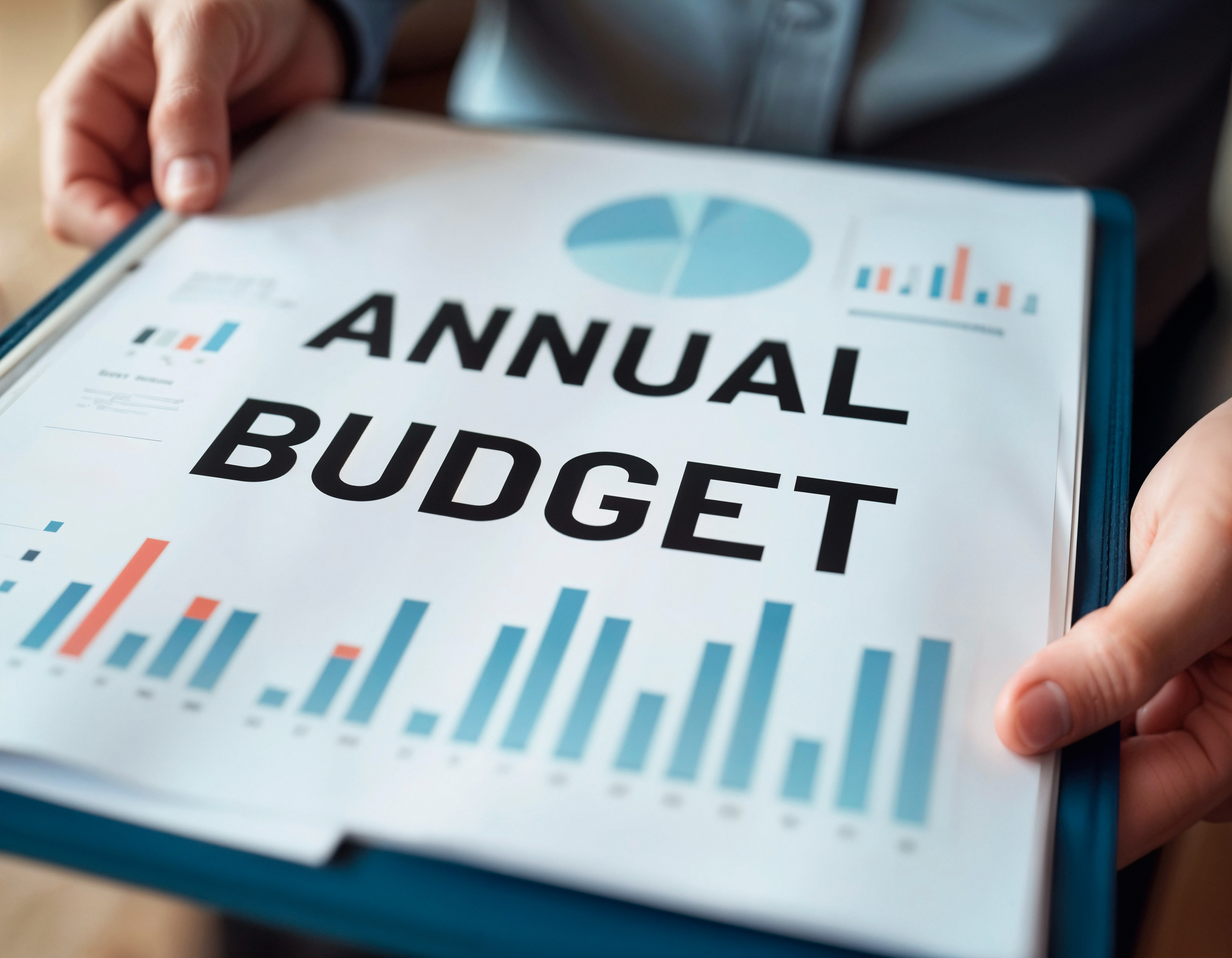Power Sector
Budget 2025 boosts thermal efficiency, modernizes grids, and strengthens DISCOM financial stability
-
Thermal Power Efficiency: The budget proposes initiatives to enhance the efficiency of existing thermal power plants through technological upgrades and stricter emission norms, contributing to reduced environmental impact and improved performance.
-
Financial Support for DISCOMs: The budget includes measures to provide financial support to Distribution Companies (DISCOMs), aiming to improve their financial health and operational efficiency.
-
Coal Supply Chain Improvements: The budget outlines plans to streamline the coal supply chain, ensuring timely availability of coal to thermal power plants, thereby reducing operational disruptions.
-
Hydrogen: A robust push for green hydrogen with investments aimed at making India a global hub for hydrogen production and export, catalysing innovation, and supporting India's net-zero ambitions.
-
Shipbuilding & Maritime Sector: The Budget outlines funds for maritime infrastructure, port modernization, and tax incentives aimed at enhancing India’s position in global shipping.
Nuclear Sector
Budget 2025 accelerates nuclear expansion, enhances reactor efficiency, and enables private investment
-
Nuclear Energy Mission: The government plans to establish a Nuclear Energy Mission with a budget allocation of ₹200 billion, aiming to develop at least 100 GW of nuclear energy by 2047, with an immediate target of 20 GW by 2032.
-
Private Sector Participation: The budget proposes amending the Civil Liability for Nuclear Damage Act of 2010 and the Atomic Energy Act of 1962 to attract private investments, facilitating the development of small modular reactors (SMRs) and expanding nuclear power infrastructure
-
Policy Framework Development: While the proposed amendments are a step forward, further clarity on timelines and detailed policy frameworks is needed to fully realize the potential benefits for the nuclear sector.
Clean Manufacturing
Budget 2025 promotes green manufacturing, supports technology upgrades, and fosters sustainable production practices
-
National Manufacturing Mission: The budget proposes the establishment of a National Manufacturing Mission, focusing on enhancing manufacturing capabilities, promoting sustainable practices, and fostering innovation across various sectors
-
Customs Duty Exemptions on Critical Minerals: The government has removed customs duties on waste and scrap of critical minerals, including antimony, cobalt, tungsten, copper, lithium-ion battery, lead, zinc, and cobalt powder. This decision aims to secure the availability of these materials for manufacturing in India.
-
Policy for Recovering Critical Minerals: The government plans to introduce a policy to recover critical minerals from mining by-products, aiming to reduce dependency on imports and enhance domestic supply chains.
Critical Minerals
Budget 2025 enhances critical mineral supply chains, promotes sustainable extraction, and boosts resource security
-
National Critical Mineral Mission: The Union Cabinet has approved a ₹16,300 crore National Critical Mineral Mission, focusing on boosting domestic production and exploration of critical minerals until 2030-31. This initiative underscores India's commitment to securing essential raw materials for its growing economy.
-
Customs Duty Exemptions: The government has removed customs duties on waste and scrap of critical minerals, including antimony, cobalt, tungsten, copper, lithium-ion battery, lead, zinc, and cobalt powder. This decision aims to secure the availability of these materials for manufacturing in India.
-
Policy for Recovering Critical Minerals: The government plans to introduce a policy to recover critical minerals from mining by-products, aiming to reduce dependency on imports and enhance domestic supply chains.
Shipbuilding Sector
Budget 2025 enhances shipbuilding capabilities, supports infrastructure upgrades, and strengthens industry competitiveness.
-
Shipbuilding Clusters and Infrastructure: The budget proposes the promotion of shipbuilding clusters to increase the range, categories, and capacity of ships. This includes additional infrastructure facilities, skill development, and technology to develop the entire ecosystem, fostering a more robust and competitive shipbuilding industry.
-
Maritime Development Fund: The government has established a ₹25,000 crore (approximately $3 billion) Maritime Development Fund to provide long-term financial support to the shipbuilding and repair industry. The government will contribute 49% to the fund, with the remaining amount to be mobilized from ports and private investments. This initiative aims to enhance India's maritime infrastructure and manufacturing capabilities.
-
Tax Incentives and Exemptions: The government plans to extend a 10-year import tax exemption on inputs needed for shipbuilding and shipbreaking activities. Additionally, credit notes will be issued for shipbreaking in Indian yards to incentivize the scrapping of old vessels and the building of new ones. These measures aim to reduce operational costs and encourage domestic shipbuilding activities.
Maritime Sector
Budget 2025 enhances maritime infrastructure, supports fleet modernization, and strengthens industry growth
-
Port Infrastructure Upgrades: The budget includes significant investments in port infrastructure, with a focus on improving capacity and efficiency, and making them more sustainable. The measures are intended to modernize facilities, increase throughput, and reduce operational bottlenecks, ultimately boosting trade and logistics.
-
Maritime Development Fund: The government has established a ₹25,000 crore (approximately $3 billion) Maritime Development Fund to provide long-term financial support to enhance India’s maritime infrastructure. The government will contribute 49% of the fund, with the remaining portion to be mobilized from ports and private investments. This initiative is aimed at strengthening India's maritime capabilities.
-
Tax Incentives and Exemptions: There is a proposal to extend a 10-year import tax exemption on inputs related to the maritime industry. While this aims to reduce operational costs and incentivize investment, the effectiveness will depend on how well these exemptions are implemented and utilized by stakeholders.
Green Hydrogen Sector
Budget 2025 accelerates hydrogen production, supports infrastructure development, and strengthens sectoral investments
-
Tax Reforms and Incentives: The budget proposes reducing GST rates on green hydrogen and ammonia, offering relaxations on the setup of production plants in Special Economic Zones (SEZs) and Export Oriented Units (EOUs), and lowering customs duties on essential materials for such plants. These measures aim to make green hydrogen production more cost-effective and attractive to investors.
-
Enhanced Funding for Green Hydrogen Initiatives: The government has allocated significant resources to the National Green Hydrogen Mission, aiming to position India as a global hub for green hydrogen production, usage, and export. This funding is expected to accelerate the development of green hydrogen infrastructure and technology.
-
Support for Domestic Manufacturing: The budget includes provisions to support domestic manufacturing of electrolyzers and other critical components for green hydrogen production. While this is a positive step, the impact will depend on the scale and implementation of these measures.
Tourism Sector
Budget 2025 enhances tourism infrastructure, promotes sustainable development, and strengthens sectoral growth
-
Tax Reforms and Incentives: The government proposes reducing GST rates on tourism-related services and offering tax incentives for investments in the hospitality sector. These measures are designed to make tourism services more affordable and encourage private sector investment in the industry.
-
Infrastructure Development: The budget allocates significant funds for enhancing tourism infrastructure, including the development of new tourist circuits, improvement of amenities at existing sites, and promotion of lesser-known destinations. This initiative aims to boost domestic and international tourism by providing better facilities and experiences.
-
Skill Development Programs: The budget includes provisions for skill development and training programs aimed at enhancing the quality of service in the tourism and hospitality sectors. While this is a positive step, the impact will depend on the scale and implementation of these programs.




